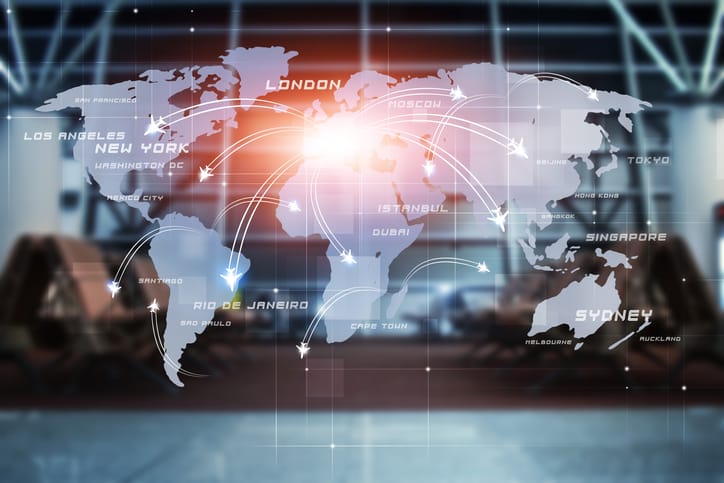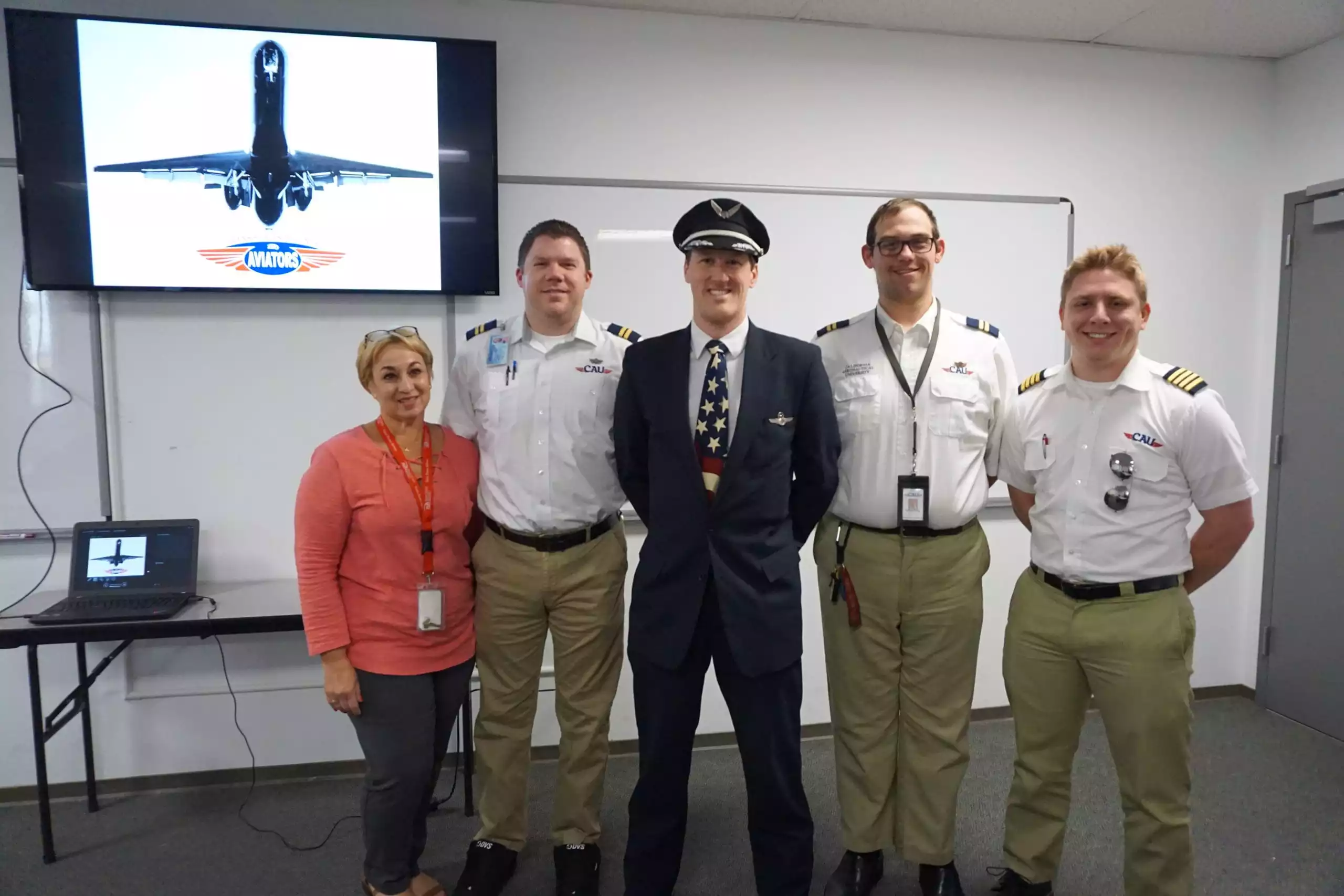For the general public, preparation for an international flight might mean checking TSA rules for duty-free items and looking into ways to exchange currency. But for pilots, international flight requires a different type of planning. Whether the destination is a quick trip to Canada or Mexico or a journey across the Atlantic Ocean to Europe, understanding the rules of a nation to which you are flying is essential to a successful flight. While flying internationally can be an exciting adventure, it requires additional thought where planning is concerned.
Flying Internationally From the United States
The good news about flying from the United States is that pilots can fly relatively easily to Mexico and Canada. American student pilots cannot fly internationally except under limited conditions in Alaska. However, any pilot who has earned his or her private certificate from the FAA may fly to other nations. American pilots who are native English speakers are helped by the fact that the international language of aviation is English. While a pilot who only speaks English can navigate in and out of airports, it’s still best to have some familiarity with the language of the nation into which one is flying.
Doing so effectively means knowing the ins and outs of your destination. Familiarity with the nation to which you are flying and the exact location of borders is part of this preparation. For example, pilots who are flying from the mainland of northern Ohio to the tiny Lake Erie island of Put in Bay are straying close to international waters, and should carefully check coordinates to ensure they do not accidentally enter Canada if they don’t intend to.
The details of other laws are important to know. For instance, an American pilot can fly a Canadian registered aircraft in the US, but an American pilot cannot fly a Canadian registered aircraft in Canada. However, both pilots are permitted to fly aircraft from their own nations in one another’s airspace.
Learning About ICAO
The first step any pilot should take in preparing for an international flight is to develop familiarity with the International Civil Aviation Organization (ICAO). ICAO includes 193 nations and coordinates international flight. It also monitors safety, security, and efficiency between nations.
Student pilots who have become familiar with the three-letter airport codes in the United States have been learning the language of the IATA, or International Air Transport Association. The IATA represents airlines and acts as its trade association. However, new pilots might be frustrated to learn that ICAO uses four-letter codes, which might include letters as well as numbers. It’s important for pilots to know both. The good news is, however, that apps make both databases easily searchable, and in some cases, the ICAO versions are extremely similar to the IATA code.
Filing International Flight Plans
If a pilot is flying internationally, he or she must fly a flight plan, even if piloting via VFR (visual flight rules). The must use the ICAO format, versus the FAA domestic format. This is a fairly recent change; formerly, pilots were permitted to use the FAA format if flying to Canada or Mexico, but now, ICAO rules override FAA protocol outside the United States.
Pilots used to call a Flight Service Station (FSS) to file a flight plan, then activate it by placing a second call on a specific radio frequency from the cockpit. Now, pilots can file an international VFR flight plan by doing so via the Flight Service site (FltPlan.com), or from apps such as Garmin Pilot, AeroVie, or ForeFlight.
The ICAO standard international flight plan calls for more information than the FAA format, which includes basic information such as the airplane’s registration number, base airport, and aircraft color and type. The ICAO form asks for specifics about how their aircraft is prepared to speak to Air Traffic Control (ATC.) Pilots are asked to identify the type of transponder and surveillance configurations on board the aircraft, whether or not the airplane is considered “light” (under 15,500 pounds) if the aircraft is carrying a lifeboat, and which emergency equipment such as life vets and other survival equipment is on board.
User Fees in Canada and Mexico
One of the most important rules about flying internationally from the United States is the necessity of paying user fees. In nations that enforce user fees, pilots pay a separate charge every time a flight plan is filed, and each time air traffic control is contacted. The presence of user fees makes for a vastly different general aviation landscape in the United States than in nations who elect to use them.
In Canada, user fees are issued by Nav Canada, also known as NavCan, the non-profit capital corporation which owns and operates all non-government air navigation in Canada. In essence, NavCan is a billing agency; it tracks air traffic through Canada and was established through Canadian law.
The government agency responsible for providing air navigation services in Mexico is SENEAM. This agency not only works with air traffic control, it provides weather information and telecommunications.
Pilots flying into Mexico should know that airspace fees are based on the wingspan of the plane they are piloting, not the weight of the aircraft and its cargo. The burden for calculating the fee for the flying in Mexico falls to the pilot; he or she is not invoiced by the government of Mexico. In addition, charges are only published in Mexico’s tax code rather than its aeronautical publications, and back fees are subject to interest. Flights which originate or end in a Mexican airport are subject to these fees, as well as overtime charges at airports if they arrive after hours.
Some European nations all have rules of their own, all of which should be researched before entering the airspace. Others operate under the authority of the EASA, or the European Aviation Safety Rules. These were developed under the EU (European Union.) Pilots who are familiar with EU regulations are well placed to operate in EASA nations.
Ready to soar in your aviation career?
Mr. Matthew A. Johnston has over 23 years of experience serving various roles in education and is currently serving as the President of California Aeronautical University. He maintains memberships and is a supporting participant with several aviation promoting and advocacy associations including University Aviation Association (UAA), Regional Airline Association (RAA), AOPA, NBAA, and EAA with the Young Eagles program. He is proud of his collaboration with airlines, aviation businesses and individual aviation professionals who are working with him to develop California Aeronautical University as a leader in educating aviation professionals.

